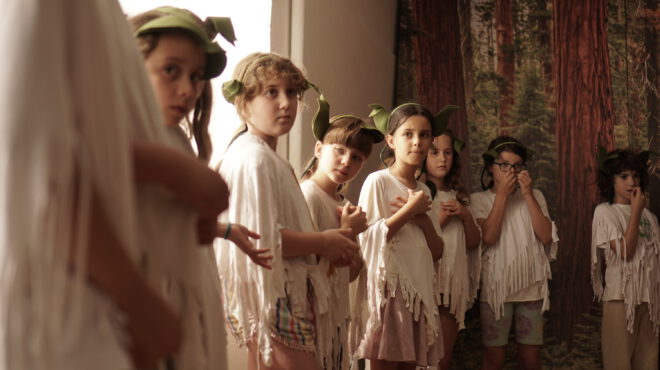
Waldorf schooling, which is soft gentle schooling natural adapts to homeschooling. If the kids are home most of the day make sure you find ways to get them moving and off the screen doing alternative activities when they don’t need to be learning.
Experience has taught us valuable lessons in terms of the right homeschool room setup, and we want to share these tips for distance learning with you, whether you are an educator, a distance learner, or simply someone whose kids are participating in school remotely for now.
1. Define the Homeschooling Space
Have a dedicated school from home space and make sure it is comfortable and suitable for learning while keeping unnecessary distractions at bay.
If you ever had to work from home, you are familiar with the challenges of shifting boundaries between the space and time allotted for work and those for your family. With children, all this becomes even more difficult in terms of focus and discipline.

An after-school playdate. The kids are cooking in their restaurant.
Make sure they get plenty of light where they are learning and doing their homework, they have a comfortable chair and desk, and they don’t strain their eyes in front of the screen.
2. Provide Adequate Tools
In-person school supplies are one thing; school from home ones are another. Pen and paper are still needed, of course, but other elements come into play when participating in school remotely. The most vital one: a fast and reliable internet connection!
With all the school interaction taking place online, having an adequate internet plan and equipment is vital for seamless learning. Add into the mix potential work from home scenarios and you will feel how your bandwidth necessities go up.
Other new important IT additions to homeschool supplies would include noise-canceling headphones, antivirus software, and a larger screen.
3. Take Organizing to the Next Level
Whether you can afford to redesign an entire room for remote learning or the small space available only leaves you with a proper-delimited corner, staying organized is key. Your child should learn that early on as it will always come in handy.
Here’s what you can do in a nutshell: Add more shelves, drawers, and storage bins, and assign each one to a subject and label them with removable stickers. Depending on the child’s age, you might also benefit from glass jars, utensil holders, baskets of all sizes, rolling carts, and magazine holders. You can repurpose the latter for holding notebooks, manuals, and other learning materials.
Color-coding can also prove useful, and not only for children, but teachers as well. It is important for the color scheme to be consistent between various supplies pertaining to the same subject. The perk is that this can also be applied to computer folders.
4. Be Open to Your Kids’ Suggestions
In order to make the distance learning experience more pleasant and easy for your children, make sure their individual needs are fulfilled. It is good to have a generic framework to build upon, but it is even more important to adapt it to each child, as there is no such thing as “one size fits all” when it comes to education.
For instance, some children may want an analog clock on the wall in front of their desk, while others may feel better if they had their art and crafts displayed nearby.

Make time to do real arts and crafts while homeschooling. Papermaking is a great activity for kids as there are many parts to the process: they learn to recycle, use their hands and can incorporate magical materials from nature into the mix.
As a bonus, since this teaching/learning experience involves a lot of video calls, you can easily notice how other families have dealt with their remote learning setup at home and get inspired, adapting their best homeschool space ideas to what you have available.
